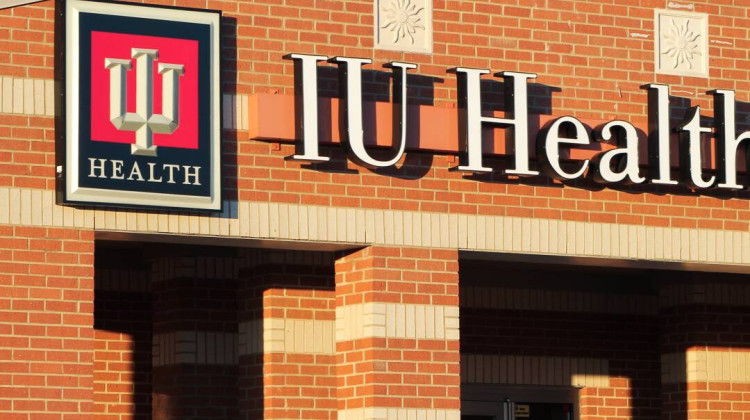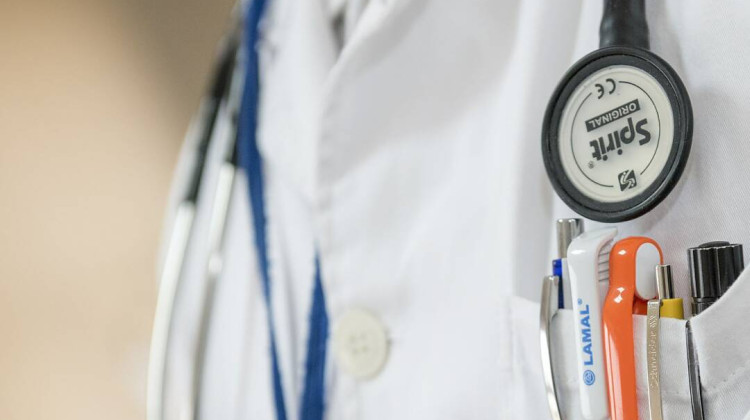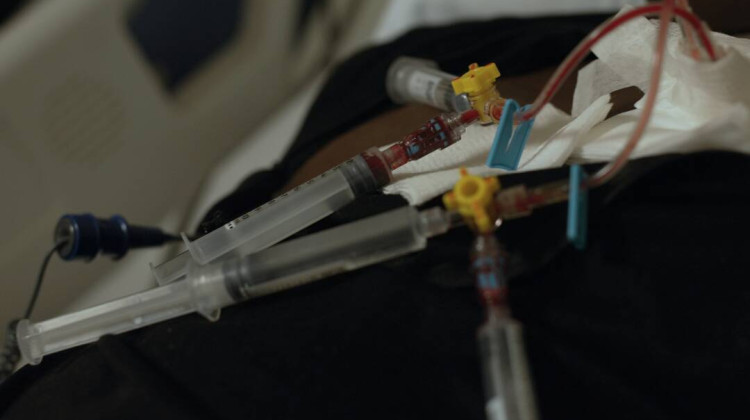
Increased access to naloxone, syringe services programs and changes to the state’s INSPECT prescription drug monitoring system have, as of yet, not resulted in reducing the number of opioid and heroin-related overdoses.
file photoDeaths from drug overdoses have continued to increase in Indiana, mirroring national trends reported by the Centers for Disease Control and Prevention last week.
According to the CDC report, the national drug-related death rate has increased more than two and a half times since 1999.
In that same time period, state health department numbers show the number of drug overdose deaths in Indiana has gone up 570 percent. In 2015, 1,236 people died from drug-related OD's.
Tim Kelly is the Director of Addiction Treatment Services at Community Health Network and says the numbers don’t surprise him. Even though the medical community is working to prevent new addicts by regulating and monitoring prescriptions, he says thousands still seek reliable treatment.
“It’s not as easy to just walk away from an opioid addiction as people think,” he says. “Without treatment, for example, there’s a very low success rate of beating an opiate addiction.”
Increased access to naloxone, syringe services programs and changes to the state’s INSPECT prescription drug monitoring system have, as of yet, not resulted in reducing the number of opioid and heroin-related overdose deaths, which rose 10 and 40 percent, respectively, between 2014 and 2015.
However, since the state’s most recent data is from 2015, it might not yet reflect these recent legislative and regulatory changes.
Kelly says tightening of prescribing regulations might actually feed into creating more heroin addicts, as people turn to the street drug once the painkillers become less readily available.
“The heroin epidemic took off even more so than it had been,” he says. “Heroin was a cheaper, highly-available alternative to opioid pain pills.”
Although public health officials’ attention has lately been focused on the so-called opioid epidemic, deaths from virtually every drug category tracked by the state health department went up between 2014 and 2015.
One somewhat-encouraging detail emerged from the CDC data. While Indiana’s drug poisoning fatality rate saw what the agency refers to as “a statistically significant” increase between 2013 and 2014, the increase between 2014 and 2015—a 7.1 percent change—was not considered statistically significant.
“It’s now hit potentially a plateau, but unfortunately that plateau is still in the level of epidemic proportions,” says Kelly. “If we had an Ebola epidemic or some other form of very dangerous epidemic, would we have to figure how to get the doctors to be willing to treat it.”
 DONATE
DONATE







 Support WFYI. We can't do it without you.
Support WFYI. We can't do it without you.